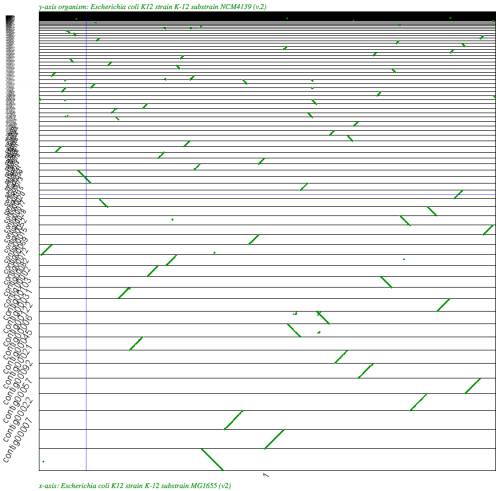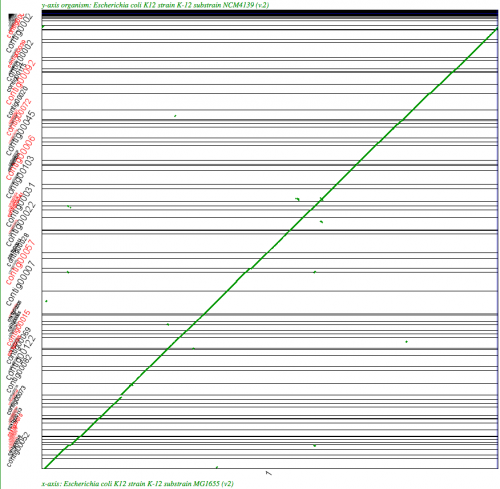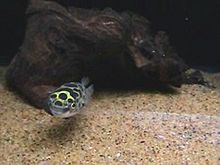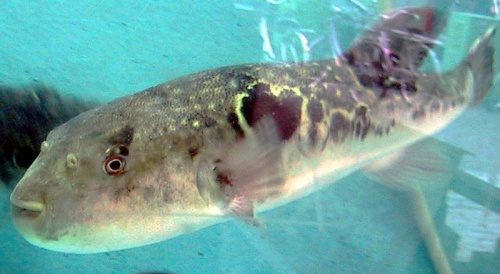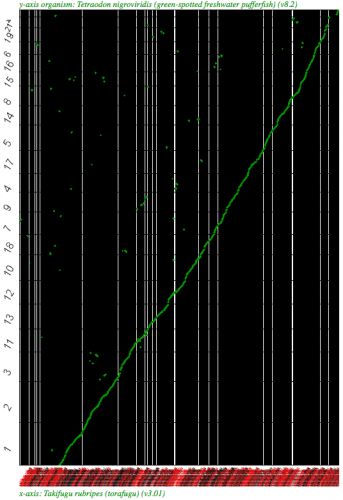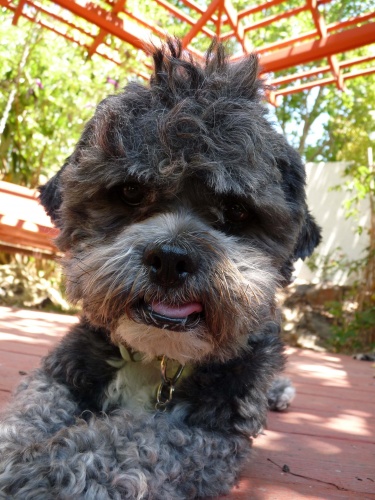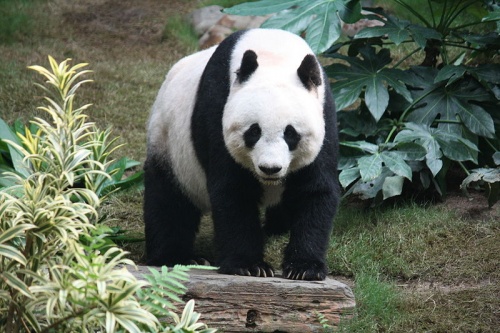Syntenic path assembly: Difference between revisions
Jump to navigation
Jump to search
No edit summary |
|||
| Line 48: | Line 48: | ||
<gallery widths =500px heights=500px compation="Syntenic Path Assembly in SynMap of distally related mammals" perrow=2> | <gallery widths =500px heights=500px compation="Syntenic Path Assembly in SynMap of distally related mammals" perrow=2> | ||
File:Master 11022 11937.CDS-genomic.lastz.dag.go c4 D20 g10 A5.aligncoords.gcoords ct0.w2000.cs1.csoS.nsd.png | File:Master 11022 11937.CDS-genomic.lastz.dag.go c4 D20 g10 A5.aligncoords.gcoords ct0.w2000.cs1.csoS.nsd.png|Results may be regenerated: http://genomevolution.org/r/3oke | ||
File: Master 11022 11937.CDS-genomic.lastz.dag.go c4 D20 g10 A5.aligncoords.gcoords ct0.w2000.ass.undefined.undefined.cs1.csoS.nsd.png | |||
File: Master 11022 11937.CDS-genomic.lastz.dag.go c4 D20 g10 A5.aligncoords.gcoords ct0.w2000.ass.undefined.undefined.cs1.csoS.nsd.png| Results may be regenerated: http://genomevolution.org/r/3okf | |||
</gallery> | </gallery> | ||
Revision as of 18:25, 30 June 2011
Overview
The Syntenic Path Assembly is an option in SynMap to do a reference genome assembly of contigs using synteny to determine the order and orientation of the contigs. To use this option, select "Order contigs by best syntenic path" under the Display Options tab. When an assembly is generated, you may download the assembled sequence (contigs are joined using 100 "N"s. "N" is the ambiguous nucleotide and while it may represent any nucleotide (A, T C, G), this permits the identification of where contigs were "glued" together by this algorithm.).
This algorithm also works quite well in aligning a WGS assembly between distally related organisms. See below for examples.
Definitions
- WGS: Whole-genome shotgun
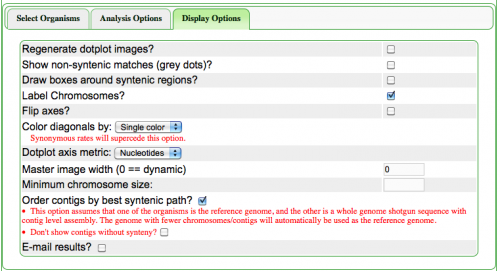
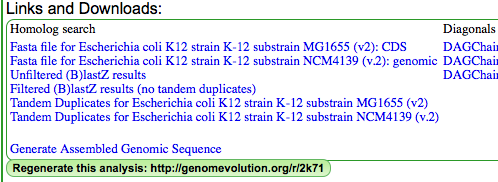
E. coli
- Syntenic Path Assembly in SynMap of E. coli
-
SynMap analysis of a WGS assembly of a strain of E. coli K12 (y-axis) to a reference assembly (x-axis). Results may be regenerated at http://genomevolution.org/r/2k70
-
SynMap analysis of a WGS assembly of a strain of E. coli K12 (y-axis) to a reference assembly (x-axis) using SynMap's Syntenic Path Assembly to order contigs. Results may be regenerated at: http://genomevolution.org/r/2k71
Tetraodon (puffer fish): Takifugu rubripes and Tetraodon nigroviridis
-
Tetraodon nigroviridis
-
Takifugo rubripes
-
Syntenic dotplot using SynMap between two puffer fish, Takifugu rubripes (x-axis) and Tetraodon nigroviridis (y-axis). (Fugu is a WGS assembly.) Note: the background is colored black due to the number of contigs in the WGS assembly. Each contig/chromosome is visually separated from one another by a vertical or horizontal black line. Results may be regenerated at http://genomevolution.org/r/2k7b
-
Syntneic dotplot using SynMap between two puffer fish, Takifugu rubripes (x-axis) and Tetraodon nigroviridis (y-axis) using the Syntenic Path Assembly option. Fugu is a WGS assembly and fully syntenic converage to Tetraodon is detectable. Results may be regenerated at http://genomevolution.org/r/2k79 . Note: the background is colored black due to the number of contigs in the WGS assembly. Each contig/chromosome is visually separated from one another by a vertical or horizontal black line.
Carnivora: Giant Panda (WGS Assembly) to Dog (reference genome)
-
Dog
-
Syntenic dotplot by SynMap of WGS giant panda genome (x-axis) versus complete dog genome(y-axis). Results may be regenerated at http://genomevolution.org/r/2kbv . Note: the background is colored black due to the number of contigs in the WGS assembly. Each contig/chromosome is visually separated from one another by a vertical or horizontal black line.
-
SynMap Syntneic path assembly of WGS giant panda genome (x-axis) to complete dog genome (y-axis). Results may be regenerated at: http://genomevolution.org/r/2kbt . Note: the background is colored black due to the number of contigs in the WGS assembly. Each contig/chromosome is visually separated from one another by a vertical or horizontal black line.
Arabidopsi ecotypes: Columbia versus Landsberg erecta
-
Results may be regenerated: http://genomevolution.org/r/3oke
-
Results may be regenerated: http://genomevolution.org/r/3okf
